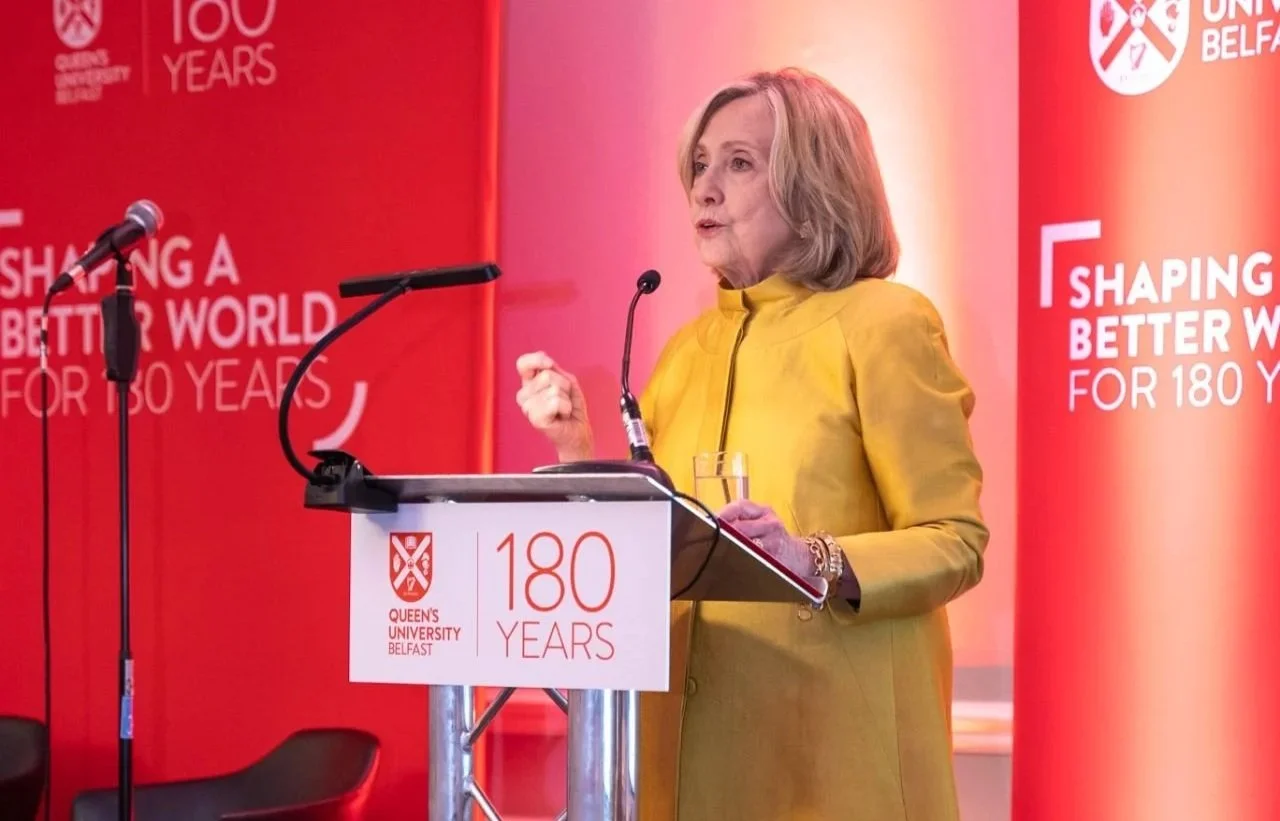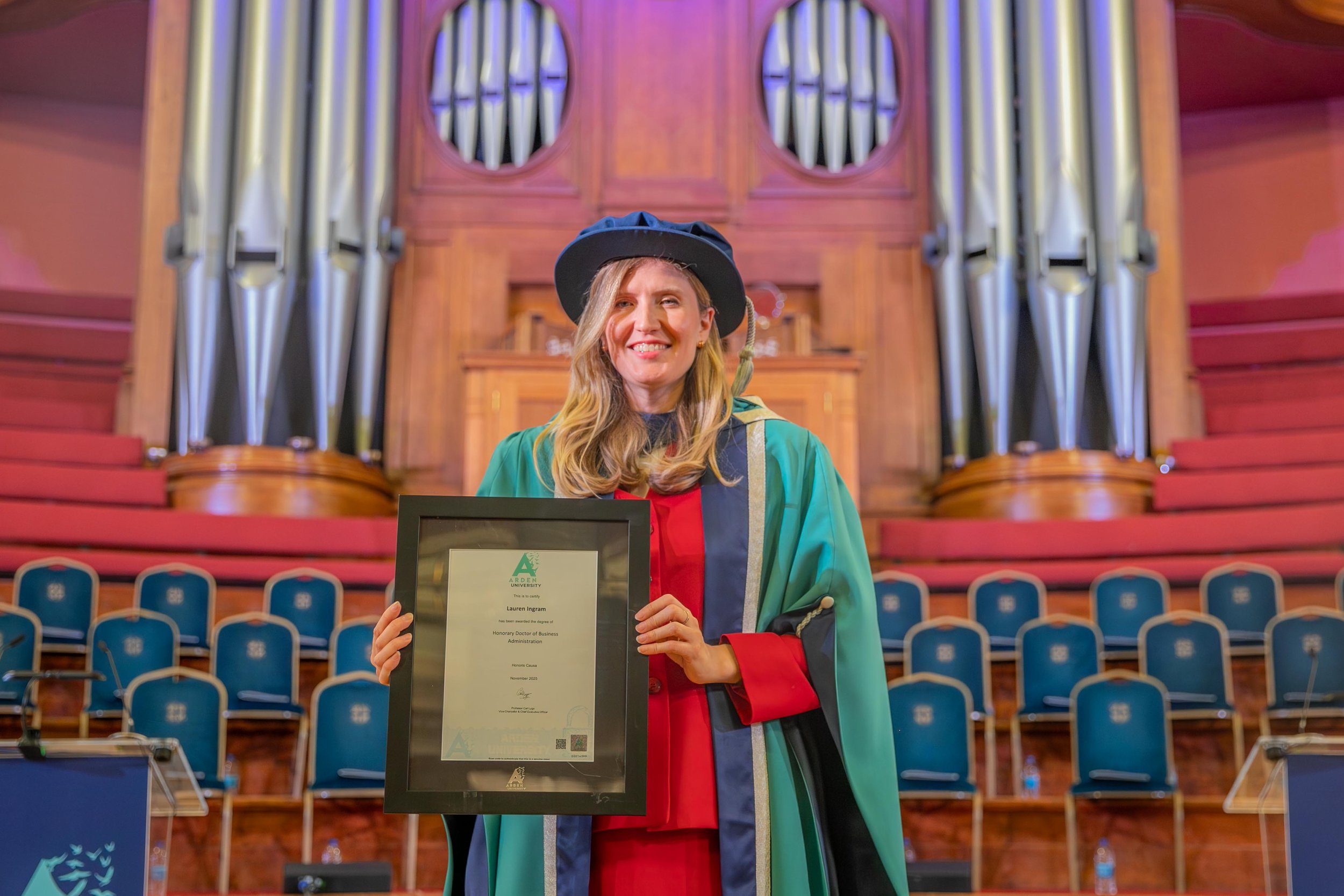E.ON and University of Nottingham announce new partnership aiming to fight fuel poverty using digital research
E.ON and the University of Nottingham’s City as Lab, a creative space connecting businesses, policymakers and communities with digital research, are tackling digital poverty using a model of Nottingham.
The partnership will use the 3D map of Nottingham to identify the households most affected by fuel poverty and allow partners to work together on creating solutions for greener, cleaner, and more affordable energy.
Using E.ON’s PopSol data to create a living, digital twin, the partnership will simulate, test and design new energy solutions that deliver impact to the households where it is most needed. This includes cold homes, under-served communities and those struggling with bills.
An estimated 40 percent of children in Nottingham are living in poverty, with the city recently named the poorest place in the UK, based on gross disposable household income. E.ON aims to tackle some of the disparities in the area by helping families to stay warm while saving money.
“Fuel poverty isn't just about statistics, it translates to cold homes, difficult choices, and communities left behind. With City as Lab, we can now test ideas, predict problems, and design smarter solutions before implementing them in the real world,” explains Fiona Humphreys, Chief Digital Officer at E.ON. “The partnership allows us to feed our real-world data into this intelligent system, enhancing its capability to pinpoint regions and individuals most in need of support – promoting smarter, more efficient, and sustainable energy solutions.”
Professor Paul Grainge, Academic Director at City as Lab, adds: “When people see the model, they say ‘wow’ – but it’s what we can do with it that’s really exciting. With E.ON on board, we’re now exploring energy challenges in ways we simply couldn’t before. This is about co-creating solutions that make life better.”
City as Lab is turning Nottingham into a hub of data-driven innovation using mapping tools to address real-world challenges. It centers around Projection Augmented Relief Model (PARM) – a 6.2 metre squared 3D representation of Nottingham, developed by Gary Priestnall, Associate Professor of Geography at the University of Nottingham. The model uses rich data sources, such as census records and historical architecture, to create a lifelike version of the city.
The project aims to create a blueprint for fairer, greener energy that can be replicated by any city in the UK.





















